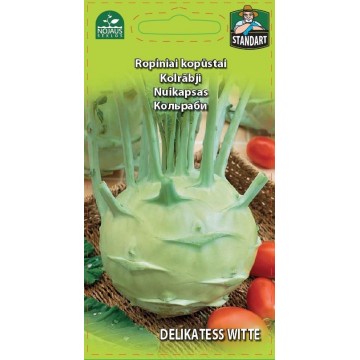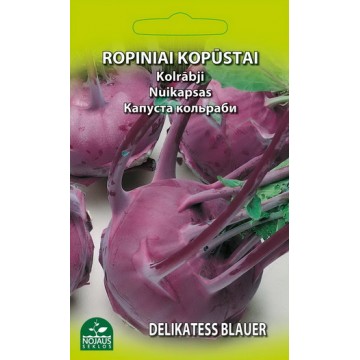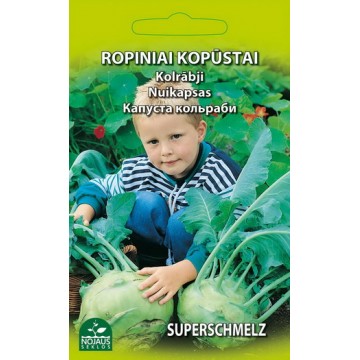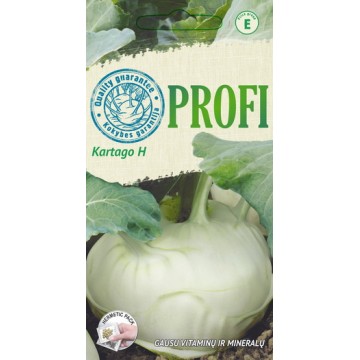All categories
-
Flower Bulbs add remove
-
Vegetable Seeds add remove
-
Seed lines:
- PROFI seed line
- Eco seeds
-
Professional Seeds add remove
-
Flower Seeds add remove
-
Seedlings add remove
-
Lawn seeds
-
Spice Seeds add remove
- Spice Seeds add remove
-
Seed Collections
-
 Microgreens
Microgreens
All categories
-
Flower Bulbs add remove
-
Vegetable Seeds add remove
-
Seed lines:
- PROFI seed line
- Eco seeds
-
Professional Seeds add remove
-
Flower Seeds add remove
-
Seedlings add remove
-
Lawn seeds
-
Spice Seeds add remove
- Spice Seeds add remove
-
Seed Collections
-
 Microgreens
Microgreens
- Choose category
-
-
- Flower Bulbs
- Vegetable Seeds
- Cucumber
- Tomato
- Pepper
- Zucchini
- Cabbage heads
- Dill
- Turnip Cabbage
- Cauliflower
- Pumpkins
- Carrots
- Parsley
- Leek
- Radish
- Salad
- Onions
- Bean
- Spinach
- Eggplants
- Spinach dock
- Watermelons, melons
- Celery
- Corn
- Chinese cabbage
- Strawberry seeds
- Arugula (Rucola)
- PROFI seed line
- Peas
- Other vegetables
- Autumn sowing
- Beet
- Eco seeds
- Microgreens
- Delux Garden
- Spice Seeds
- Professional Seeds
- Flower Seeds
- Seed kits
- Seedlings
- Lawns
- Special Offers
- Flower Bulbs
There are 4 products.

Turnip cabbage, or 'kohlrabi' (because it resembles turnips), is a variety of the common cabbage. Both the oval stems and the leaves growing from them are used for food. The leaves of kohlrabi have even more nutrients than the stems themselves. The taste is similar to that of turnips and the core of white cabbage. Turnip kale is used to make salads, soups, stews, casseroles and casseroles. It can be served as a side dish with meat or fish dishes.
Kale is an excellent source of vitamins C, B, carotene, folic acid, calcium, phosphorus, iron, copper, magnesium, potassium and selenium. More vitamin C than oranges! Kohlrabi is high in fibre and therefore improves digestion. It is recommended for diabetics as it regulates blood sugar levels, improves blood circulation and lowers blood pressure.
Growing turnip greens is not difficult. As with many garden crops, it depends on what has grown in the soil before and beside them. The most suitable precursors for turnip greens are carrots, beetroot, potatoes, onions, cucumbers and a variety of crops other than brassicas. The best place to grow it is where vegetables have been fertilised with organic fertiliser. Cabbages can be grown before and after early greens.





